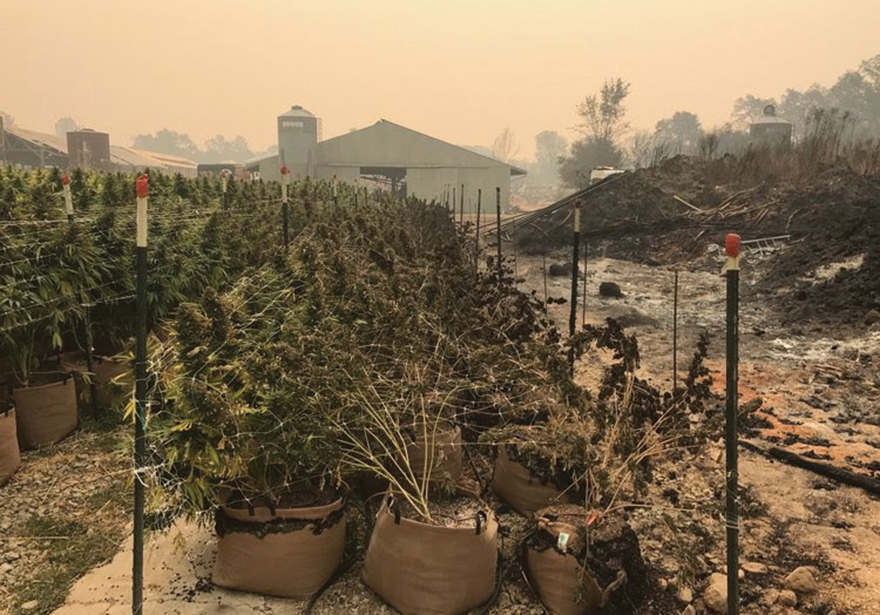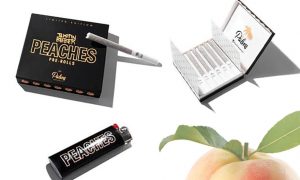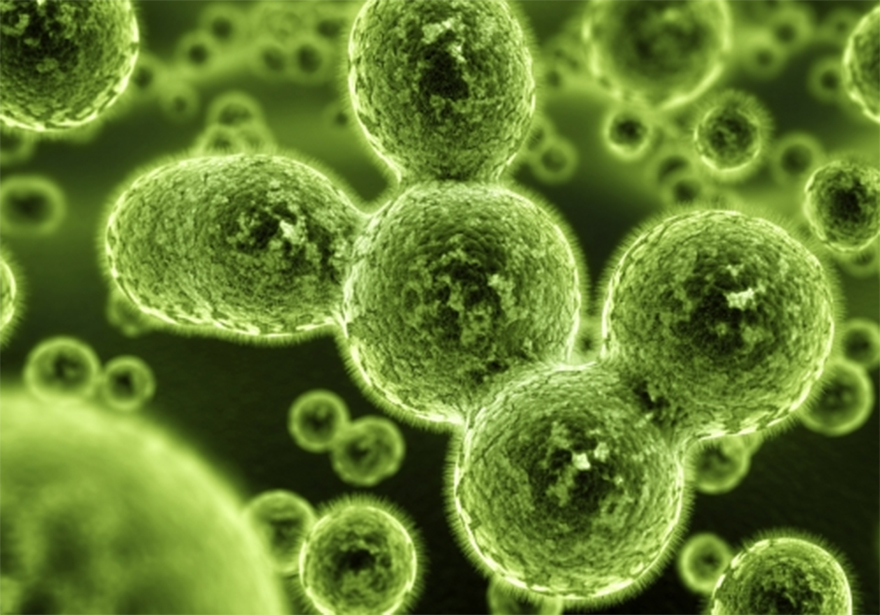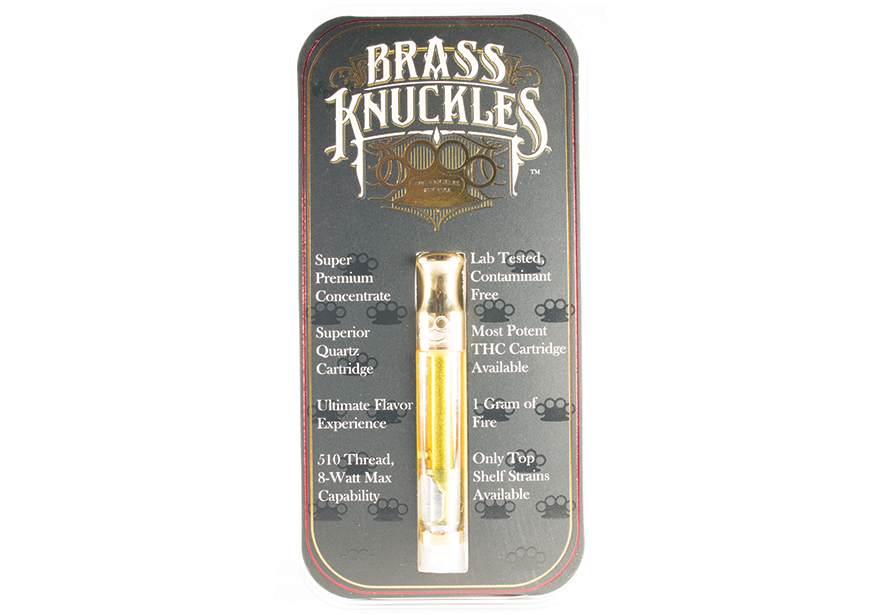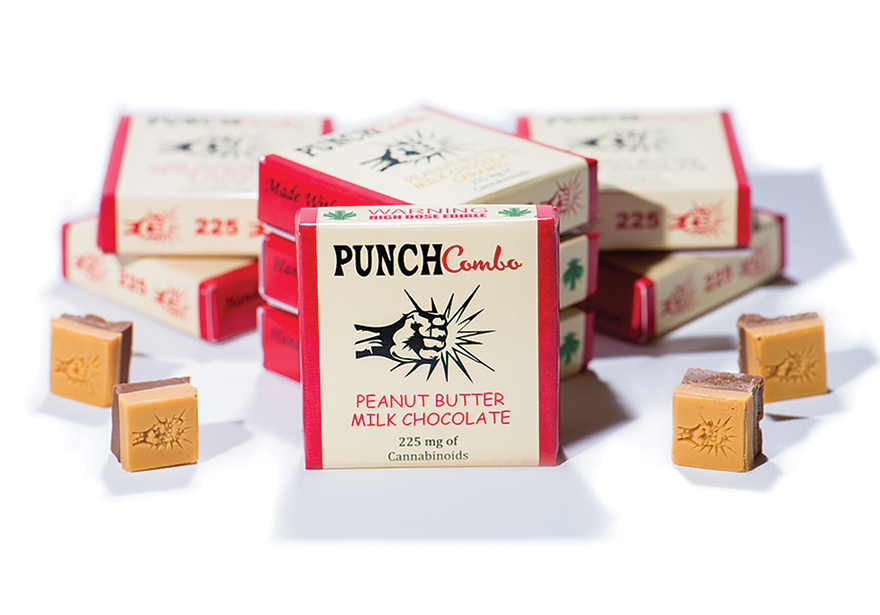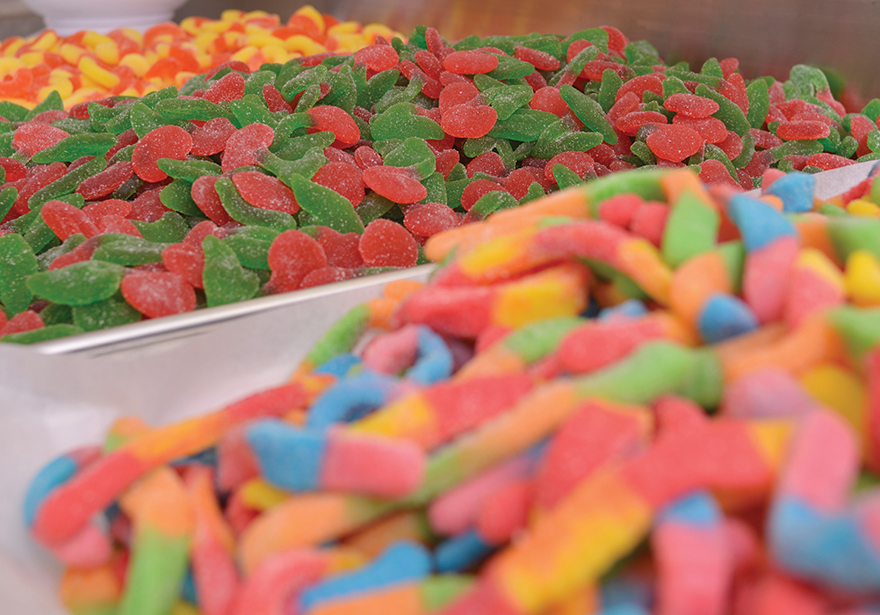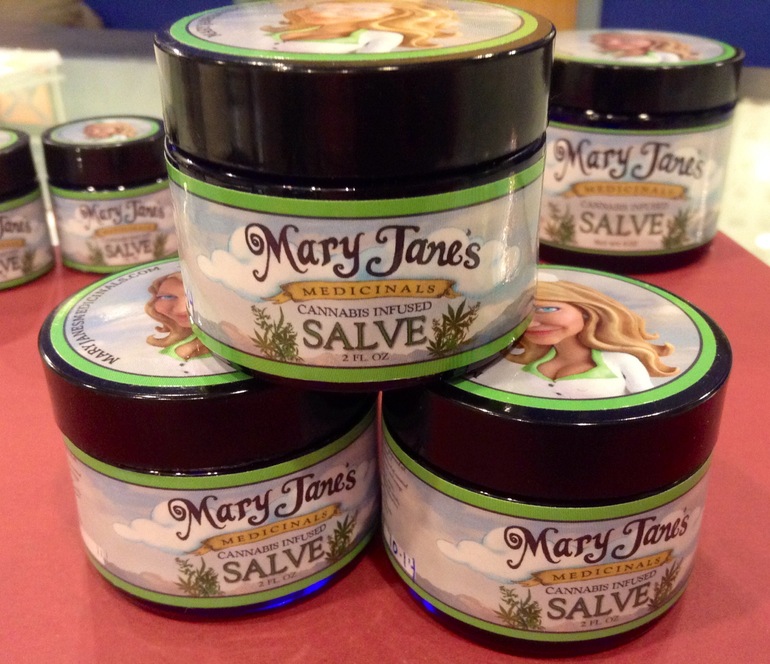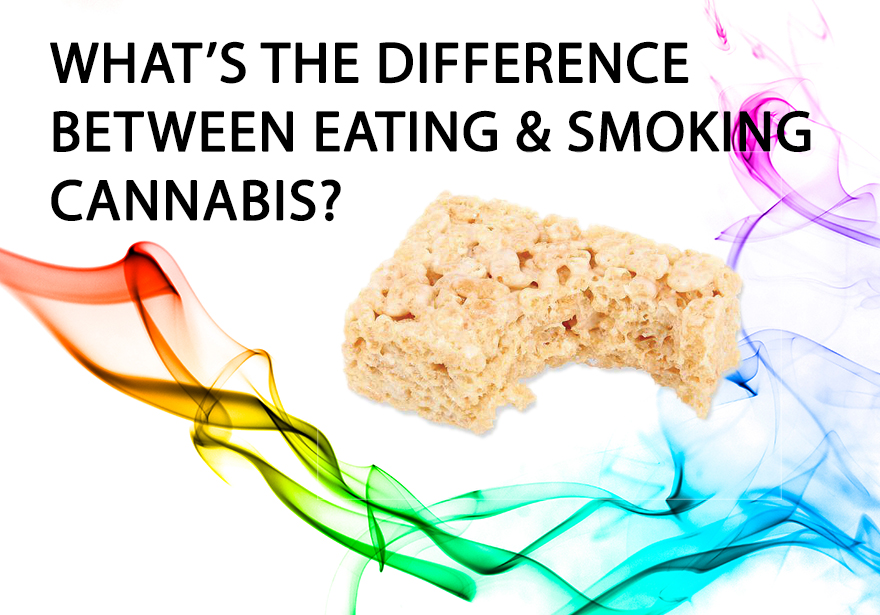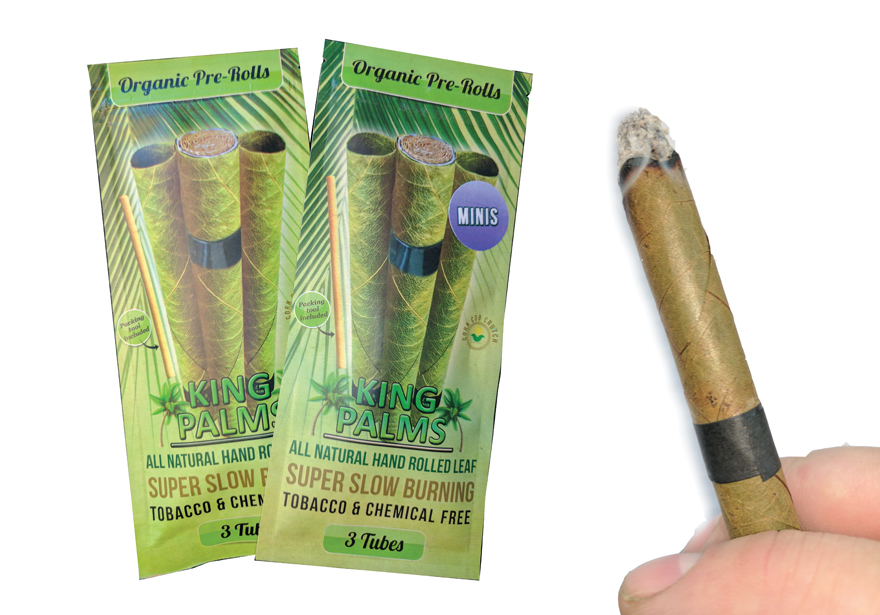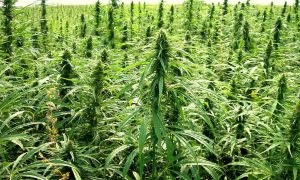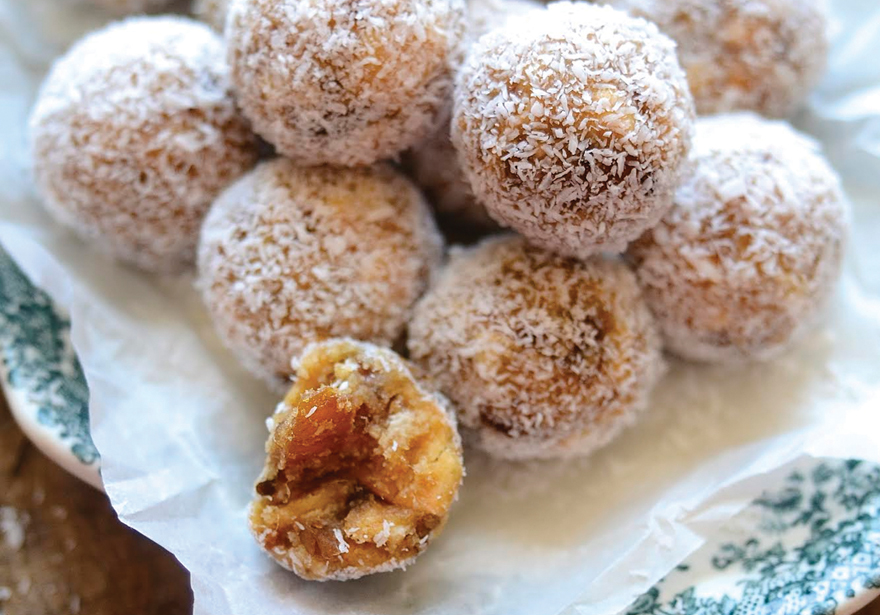It is with such sadness that we consider the devastation of one of the most revered outdoor cultivation landscapes of Northern California. The pristine fields of organic, sun grown flower has been admired all over the world. Many have traveled the U.S and the world only to realize they just want to engage in an intimate moment with a Humboldt bud. The fires of October 7th through the 14th, 2017 ravaged the land over night. Destroying to some, a lifetime worth of dedication of heartfelt cultivation and lives in an inferno of tragedy. Our thoughts and prayers are with these families as we try and have compassion and find meaning during the aftermath. What has happened to the Harvest of 2017?
At this time of the year we realize that this is the peak of harvest season. The “Trimagents” are in town and every cultivation is diligently working to; harvest, dry, trim and sell their units to qualified buyers whether they were compliant, grey or black market units. At that frenzied moment when the flames hit, the harvests the growers had been working toward the entire year and every farm surrounding the flames were affected. With experts weighing in, if a harvest in the ground could survive the smoke filled air? or What about the plants in the drying rooms and other vulnerable locations? Can the harvest season be saved? How carcinogenic is this plant now if it survived the torched acreages?
Speaking with Ed Rosenthal, the master grower and the, “Guru of Ganja,” he shared with us that, “If a grow was near a burning structure the smoke is highly carcinogenic and would have serious effect on any organic plant matter that was near by.” Understandably, as the fumes from treated woods, paint and other materials that happened to be in that particular building would have serious impact on the air surrounding an outdoor grow.
Weighing in with Dr. Jeffrey Raber of the Werc Shop Labs as well as the, President of the Association of Commercial Cannabis Laboratories and his thoughts were a bit more optimistic. As Dr. Raber states, “depending on how it is processed it may not be a problem, but it definitely depends on what kind of product you aim for and the purity of it at the end too.”
So depending on what your end product may be can determine the safe infusion methods. Possibly wax and oils with enough filtration may be able to remove any adverse issues that were taken on within the plant structure during the smoke settling in on the plants.
Dr Raber went on to add that “Carcinogens from burning buildings could definitely be a bigger challenge too, but again it may be able to be done, but would be super hard to verify as well.”
With the use of labs to assist in unveiling the profiles of the processed organic matter after going through a fire travesty, we may be able to learn what our pathway is in maintaining clean products from smoked damaged crops in the future.
May this experience never happen again as; lives, homes, businesses and the cultivation platform of one of the most successful growing regions on earth was annihilated. But with a light at the end of the tunnel the community has rallied around and many fundraisers are coming to the forefront to bring support and light back to the Northern California areas of Mendocino, Sonoma and Humboldt Counties. Edibles Magazine feels the devastation and our hearts go out to the most honored cultivators to whom without you this community and industry is nothing! The heart of a grower is one the most respected facets of our cannabis world alongside the heartfelt healers. May you recover and thrive once more and we are so sorry if you have experienced any losses. Love and Light!
Keiko Beatie

